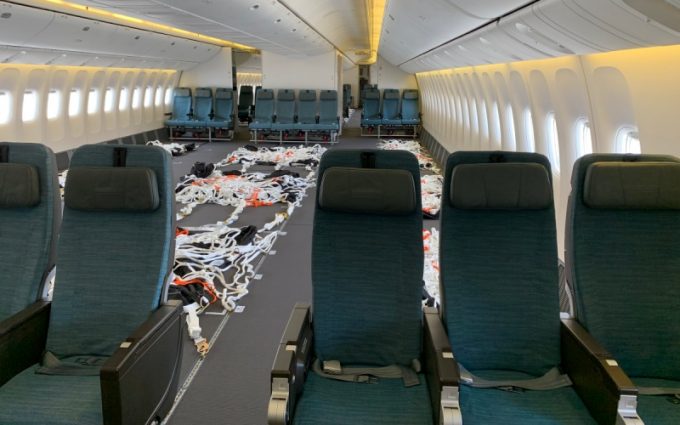Airfreight shippers told to delay contracts as US CBP clarifies China rules
Shippers should hold off negotiating airfreight contracts until there is more global clarity – although ...

Forwarders are reporting a rise in air freight rates as June comes to an end, with many anticipating a strong demand pick-up in August.
While routes from Asia to the US have stayed stable, with both e-commerce and stock replenishment driving demand, Europe has been somewhat flat.
“Air freight to Europe has been quiet for a few weeks, but rates haven’t dropped for at least two or three weeks – until now, which means it had hit the bottom for airlines,” said ...
Volcanic disruption at Anchorage could hit transpacific airfreight operations
Macron calls for ‘suspension’ – CMA CGM's $20bn US investment in doubt
De minimis exemption on shipments from China to the US will end in May
Forwarders stay cool as US 'liberation day' tariffs threaten 'global trade war'
Trump tariffs see hundreds of cancelled container bookings a day from Asia
Mixed response in US to 'Liberation Day', while China leads wave of retaliation
Tariffs and de minimis set air freight rates on a volatile course
Overcapacity looms for ocean trades – with more blanked sailings inevitable
East-west rates diverge as transpac spots hold while Asia-Europe keeps falling
Temu and DHL join forces to expand non-US ecommerce sales
Purchase of Panama railway 'a significant opportunity' for ambitious APMT
'To ship or not to ship', the question for US importers amid tariff uncertainty
Survey results: the biggest concerns for forwarders and shippers in 2025
DHL Capital Markets Day – Scharwath steals the show, plays down size concern
'No lookouts on either ship' says MAIB report on box ship-tanker collision

Comment on this article